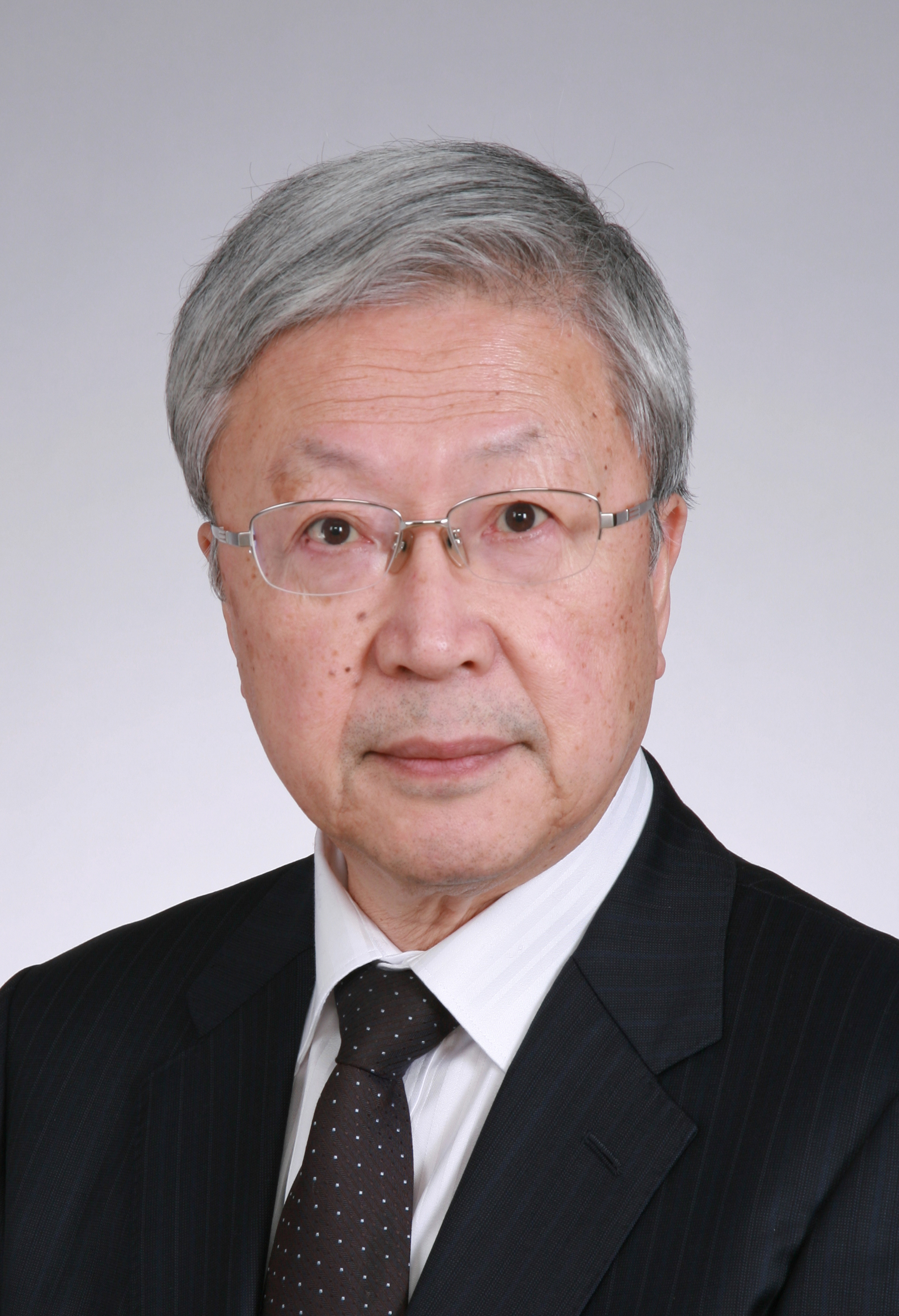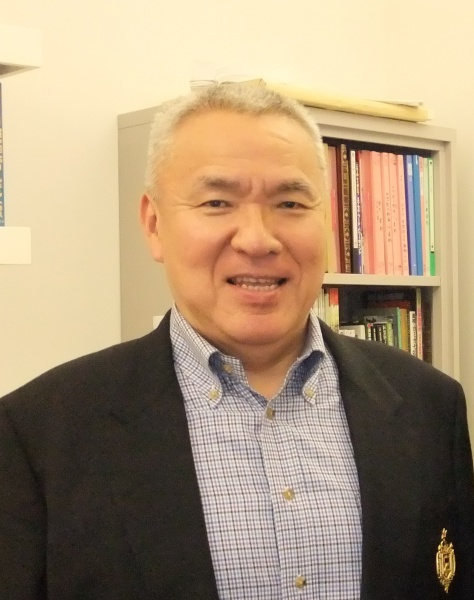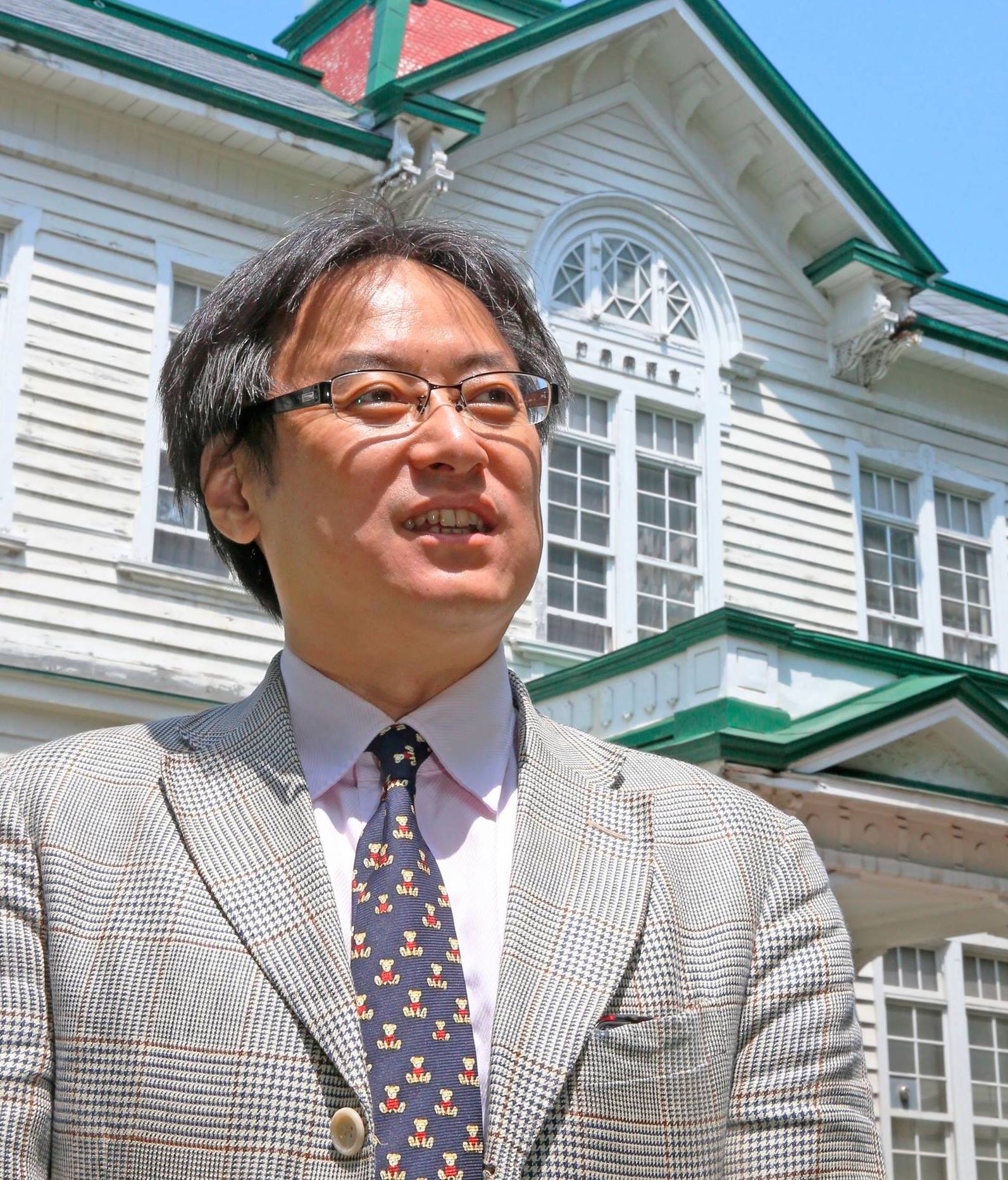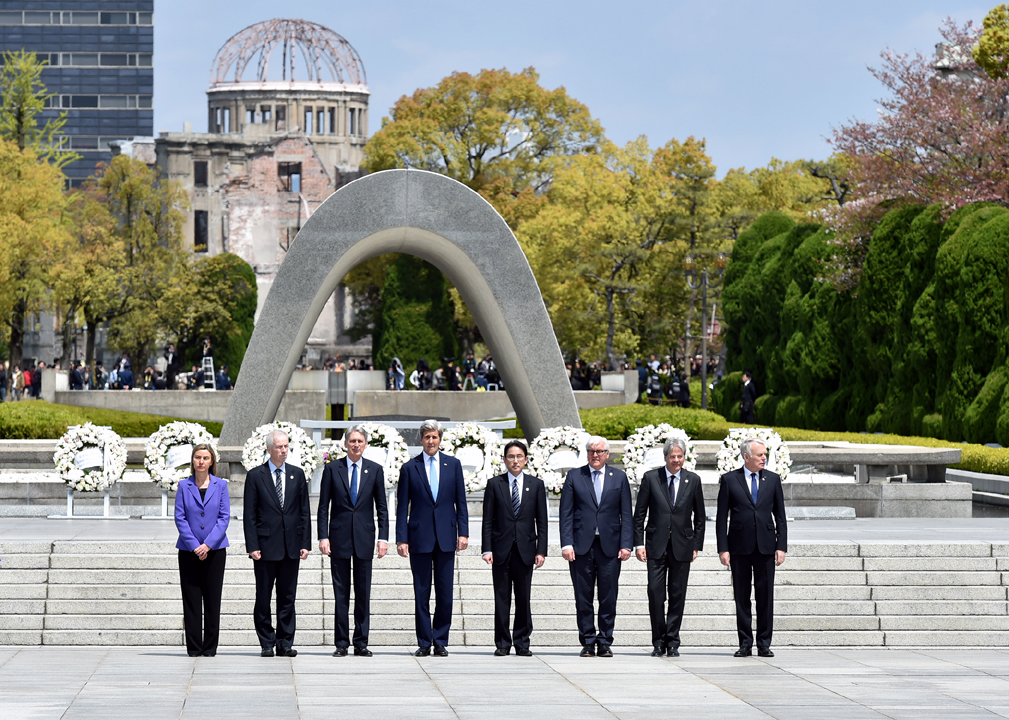A Record of Struggle with Modern China

Kajitani Kai, Professor, Graduate School of Economics, Kobe University
Mikan no Chugoku: Kadai to Shite no Minshuka (Author: Kagami Mitsuyuki; Iwanami Shoten, 2016) is a collection of selected writings published by the author, analyzing decades of China’s modern development from a unique perspective.
Frankly, I find the author’s discussions and analyses in this book to be incomplete and he fails to put China’s sociopolitical movements into perspective with regard to the Great Cultural Revolution and the Tiananmen Square protests in light of related empirical studies in later years. Each individual article collected in this anthology largely reflects the critical view of the author at the time of its writing. You can see a clear consistency in the perspectives presented by the author regarding China or Japan.
The author’s attitudes towards Modern China seem to be characterized by some particular viewpoints. First, he maintains a critical view regarding materialistic prosperity under a capitalist economy. The author sees China’s materialistic prosperity that is driven by capitalism as a factor that is consistently deforming the social structure in China, from the age of mass production following the economic reforms that were implemented in urban industries in the late 1980s, to the twenty-first century global economy with China’s heavy involvement.
Second, the author remains consistently supportive of the weak against the strong in a conflict.
In a capitalist society largely governed by the elite, socially oppressed people often express their frustrations with nationalism in protest against the establishment. This is typically compared to the nationalism or ethnicism of the self-expanding and self-respecting nature shown in the policies adopted by Japan’s Kishi Administration during the Cold War period or the nationalist sentiments exclusively harbored by the people in Japan and China these days. The author’s basic stance is to remain supportive of the weak people in society based on his dualistic understanding of nationalism.
Evaluation of the Great Cultural Revolution from the standpoint of resistance by the weak
Third, the author’s words are strongly oriented towards independent intellectuals who actively encourage people to create change in society. Independent intellectuals are similar in nature to those involved with engagement as suggested by Jean-Paul Sartre. According to Sartre, they are the people who raise their voices in protest against irrational social forces at the risk of making occasional mistakes.
The author seems to have strong empathy for the intellectuals in China. It is well-represented in the author’s message on the book’s bellyband, which reads, “What would the process be like for Chinese intellectuals to connect their thoughts about social movements beyond the scope of their capacity as critics… To advocate rational philosophies in politics without presenting an emotional appeal related to nationalism, while trying to achieve political democratization based on the liberty of people from oppression that will never easily succumb to an either-or proposition between good and evil. Hopefully, they will continue to pursue this ongoing endeavor no matter what challenges they may face down the road.”
This message conveyed by the author strongly forms a contrast to researchers on modern China who find it increasingly difficult to produce independent insights amid further segmentation in the research subject and the disciplinary specialization.
The author’s philosophical stance described above is very well represented in his approach toward the Great Cultural Revolution. In the wake of the Lin Biao Incident and the terrorist attacks caused by Japan’s Red Army in the 1970s, he published detailed research on the extremely cruel intragroup killings among the Red Army militants.
Meanwhile, the author has maintained his stance with respect to the Great Cultural Revolution. In other words, he finds specific significance in the Great Cultural Revolution in the sense that its underlying philosophies helped to pave the way toward the democratic movements in Chinese society in later years. His view sounds lukewarm to those who believe that the Great Cultural Revolution was absolutely incorrect.
But I believe that it was natural for the author to try to find some kind of positive significance within the Great Cultural Revolution, which served as an outlet for people’s frustrations that had accumulated at that time in society, given that he has been consistently supportive of grass-root resistance among weak citizens, in contrast with Marxism, which is often seen by bureaucratic elites as offering theoretical orthodoxy to lead a nation.
Weakness in theory against violence
It appears easy to argue that the author’s view involves some theoretical weaknesses as a result of his strong supportive stance toward weak citizens. One such weakness is related to how we view the violence associated with the grass-root resistance. It probably would not be easy to prevent social turmoil like the Great Cultural Revolution from happening, which would otherwise result in horrible murder if the act of violence was approved as the means to resist oppression.
While accepting the idea that the Great Cultural Revolution as a whole involved a chain of cruel acts of violence, the author tries to find some significance within the revolution’s underlying ideologies. This stance makes me feel somewhat nervous, and I assume that some critics feel the same way. For example, Koyasu Nobukuni, a historian of Japanese ideologies, recently published a book titled Nihonjin wa Chugoku o do Kattate Kitaka (Seidosha, 2012). Koyasu fiercely criticizes the author’s point of view and stance as being anachronistic.
Despite this criticism, it also seems true that the author was able to maintain a very critical view of the establishment in China with respect to the issues that have not been addressed enough by critics, including Koyasu, who embrace established theories regarding Modern China, given that the author has always shown empathy for the weak in the face of ideological confrontation.
The author’s interest towards issues related to ethnic minorities is a good case in point and one of the major subjects addressed in his book. The author highly evaluates the research of Yang Haiying about the Mongolian genocide during the Great Cultural Revolution. A dialogue in the book with Naribirika, a Mongolian intellect, offers new insights.
In this dialogue with Naribirika, he severely criticizes the policies regarding ethnic minorities announced by the Chinese government, which intends to depoliticize ethnic groups by squeezing their ethnic identity into Ethnicity, a subordinate hierarchical category in the Chinese nation. I must say that the Chinese government’s ethnic policy completely ignores ethnic identity issues, which often leads to conflicts with the government or the Han race, which forms the majority, as a result of ethnic minorities seeking the right of self-determination as a nation.
Empathy for ethnic minorities
When it comes to discussing the issues related to China’s ethnic minorities, the critic’s basic stance is usually considered a matter of significance to the Japanese audience because a strong empathy with ethnic minorities tends to trigger criticisms against the Chinese government’s oppression of minorities, which instigates rightist groups in Japan.
Meanwhile, liberals embrace the idea of making social changes in China by establishing a rational civil society based on principles related to constitutionalism and human rights. But their efforts do not seem to have achieved much when it comes to addressing issues related to resistance and uprisings among the ethnic minorities who often become irrational and violent with hatred or negative feelings toward the central government. In this regard, it is noteworthy that the author has remained focused on a range of issues surrounding ethnic minorities throughout his career, stemming from his empathy for the ethnic nationalism embraced by minority groups for the purpose of resistance against oppression.
Frankly, I do not concur with the author on some of the points made in his book, although I appreciate his fierce criticism of a range of current problems in society. As far as I am concerned, some points made in his book do not seem to be persuasive with respect to future prospects for society and strong comments without sufficient justification. I have always been inspired by the author’s stance to view himself objectively when discussing China and its intellectuals. I recommend this book as an introductory text on the ideologies of the author, who has tackled issues surrounding Modern China throughout his entire career.
Translated from “Gendai Chugoku tono ‘Kakuto’ no Kiroku (A Record of Struggle with Modern China),” Gaiko, Vol. 37 May 2016, pp. 140-143. (Courtesy of Toshi Shuppan) [May 2016]




